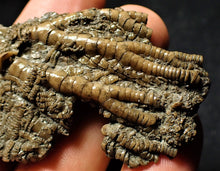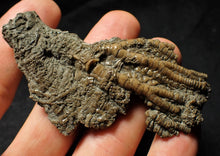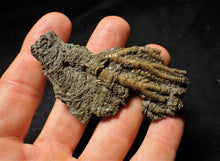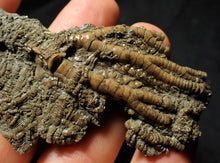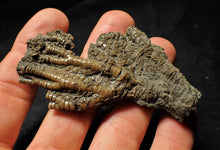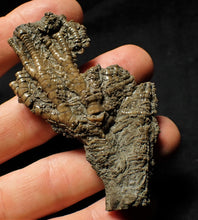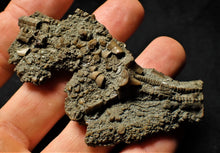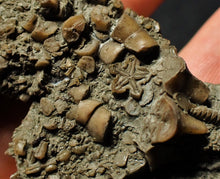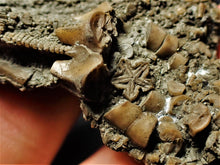
A stunning example of a crinoid fossil of the species Pentacrinites fossilis from the world-famous Jurassic Coast beach of Charmouth, Dorset UK.
The fossil measures 77 mm (3.05 inches) across, which is a good size for a crinoid from this location. The fossil consists of the head of a crinoid with a crown of arms and pinnules preserved flowing over one another. It has an extremely high level of detail down to the smallest parts. The reverse of the fossil has lots of detail as well, including the stem and calyx of the animal. It was found in two pieces and has been repaired back together, as is standard in these delicate fossils due to the way that they come out of the fractured rocks layers of the cliffs. This is a very fine example of this fossil type.
Around 196 million years old, this fossil would make a wonderful addition to any collection.
Crinoids are echinoderms closely related to starfish and sea urchins, and have been around for many hundreds of millions of years. They still live today in the deep seas around the world.









